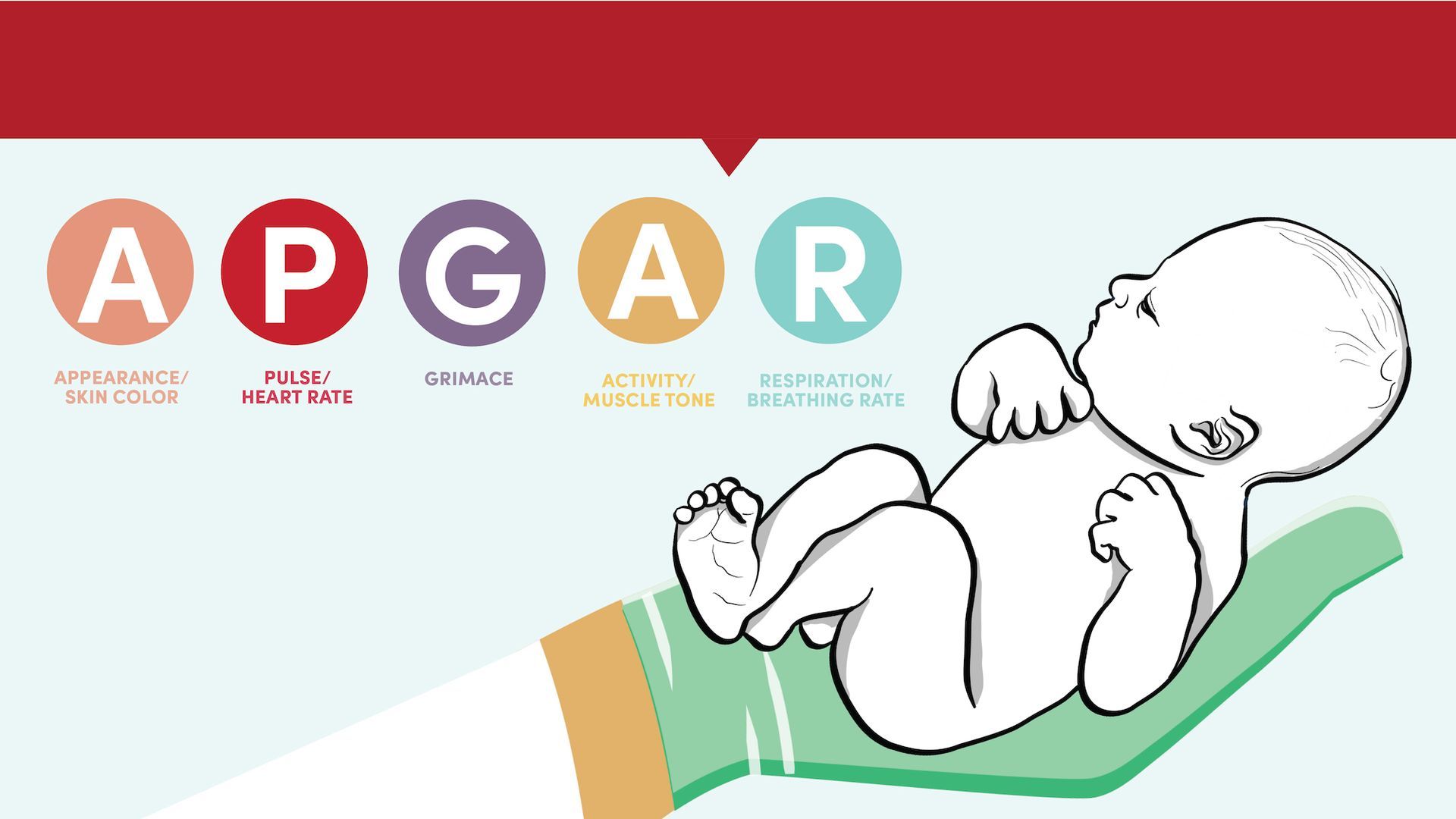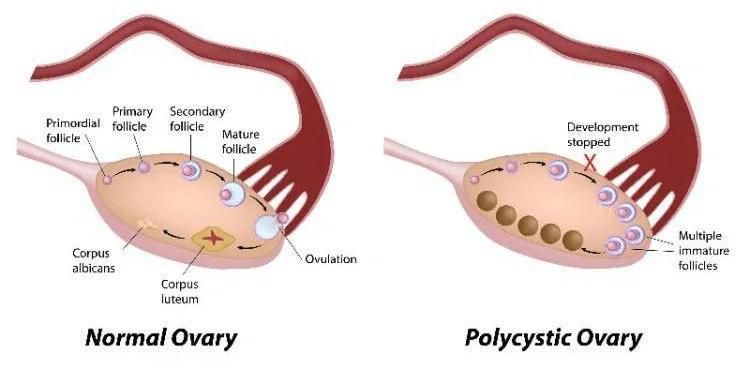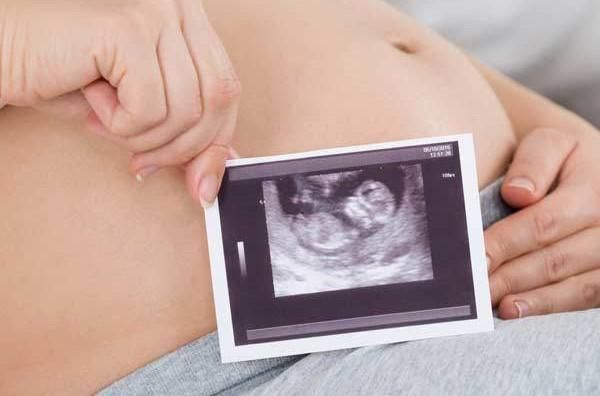Vaginal Birth After Cesarean (VBAC): Understanding Your Options
In the past, it was believed that once a woman had a cesarean section (c-section), all her future pregnancies would require the same delivery method. However, medical advancements have now made it possible for many women to attempt a vaginal birth after cesarean (VBAC). This article will explore the benefits, risks, and factors that determine whether a VBAC is a suitable option for you.
What is a VBAC?
A VBAC is a vaginal delivery after a woman has previously had a c-section. Vaginal births offer numerous advantages, including:
- Faster recovery times
- Shorter hospital stays
- Reduced risk of complications
- Lower rates of NICU admissions for the baby
- Decreased infection rates
- Lower rates of postpartum hemorrhage
Who is a candidate for a VBAC?
The American College of Obstetricians & Gynecologists (ACOG) has established guidelines to help determine which women can safely attempt a trial of labor after a c-section. Generally, women who meet the following criteria may be eligible for a VBAC:
- One or two prior c-sections with a horizontal incision on the uterus
- No previous uterine surgeries involving vertical incisions (such as those performed for premature babies under 28 weeks or myomectomy surgeries to remove uterine fibroids)
- No history of uterine rupture
- At least 9 months between the previous c-section and the current conception
What risks are associated with a VBAC?
While VBACs are generally considered safer than repeat c-sections, there are still some risks to be aware of. The most significant risk is uterine rupture, which occurs in less than 1% of women attempting a VBAC. Uterine rupture is a serious complication where the previous c-section scar opens during labor, potentially leading to life-threatening consequences for both mother and baby if not promptly addressed. This risk is highest in rural hospital settings with limited staff support or experience.
What is the success rate of a VBAC?
Studies have shown that 60-80% of women who attempt a VBAC achieve a successful vaginal delivery. Factors that influence the likelihood of success include:
- Reason for the previous c-section: Women whose first c-section was due to a breech baby or concerns with the baby's heart rate during labor have a higher chance of success compared to those whose cervix stopped dilating or the baby never descended during pushing.
- Previous vaginal delivery: Women who have had a successful vaginal delivery in the past are more likely to have a successful VBAC.
- Timing of labor: The highest success rates for VBACs occur when women go into labor spontaneously before 40 weeks of pregnancy. After 40 weeks, the chances of a successful VBAC decrease.
If you're considering a VBAC for your next pregnancy, the experienced team at Alliance Obstetrics & Gynecology, LLC is here to support you. Our skilled obstetricians will work closely with you to determine whether a VBAC is a safe and appropriate option based on your individual medical history and current pregnancy. We prioritize personalized care and support throughout your pregnancy journey, ensuring you have the information and resources needed to make informed decisions about your delivery. Contact Alliance Obstetrics & Gynecology, LLC today to schedule a consultation and learn more about your options for a successful VBAC.
If you have had a previous c-section and are considering a VBAC for your next pregnancy, it is essential to discuss your options with your healthcare provider. They will assess your individual circumstances, including your medical history and current pregnancy, to determine whether a VBAC is a safe and appropriate choice for you. Remember, every pregnancy is unique, and the decision to pursue a VBAC should be made in collaboration with your medical team, taking into account your personal preferences and health status.
Get In Touch







